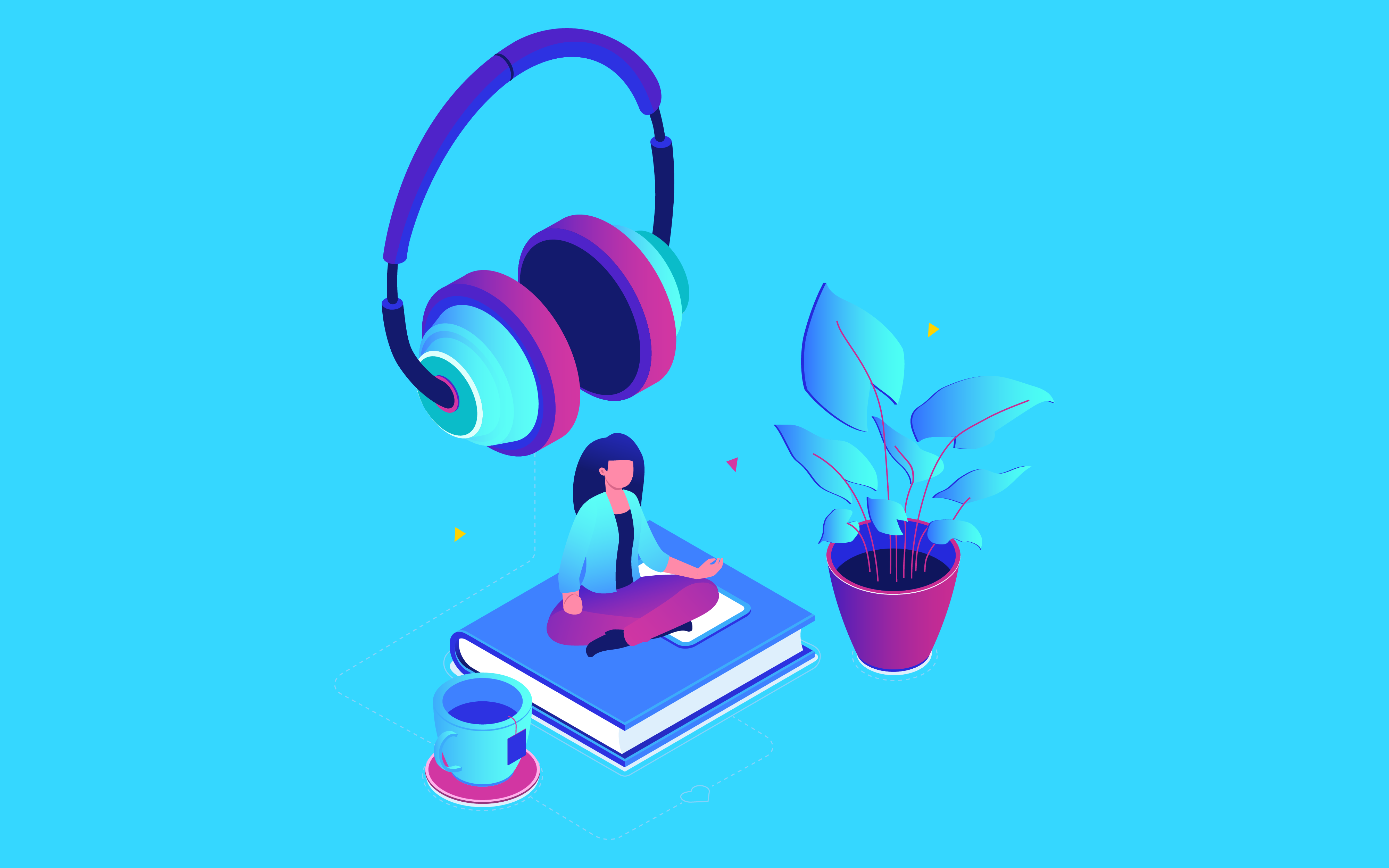I was recently reminded of the transformative power of music while watching a moving video of Marta Gonzalez, a prima ballerina with the New York Ballet in the 1960s.
The video shows Marta, now an Alzheimer’s patient, confined to a wheelchair in a care home.
A carer plays Tchaikovsky’s Swan Lake for her through headphones.
As the music starts, Marta’s hands trace the graceful, fluttering movements she performed at the height of her career in 1967.
Watching the emotion sweeping through her, transporting her back in time, I reflected on how music has always been part of my life.
I was raised on my dad’s Beatles and Rolling Stones LPs. I spent hours with his headphones plugged into our Pioneer turntable, mesmerised by the music and the orange light that shone as it rotated.
My dad was a great raconteur. With guitar in hand, he sang bawdy songs that provoked shrieks of laughter at family gatherings and parties.
Many a festive evening ended with the beloved Irish ballad, Danny Boy, with its themes of love, longing, and farewell.
For a time, I dreamed of becoming a rock star, with seeds planted when I attended singing lessons at Eve Boswell’s school. Eve was a much-loved singer in Jozi, famous for the song, Pickin’ a Chicken.
I never achieved my dream, but music has always marked the milestones of my life.
The ultimate break-up song, Sinead O’Connor’s version of the Prince classic, Nothing Compares 2 U, featured a few times in my teens and early adulthood.
So too did the happy house tunes of DJ Fresh in my late 20s.
And how could I forget the thrashing sounds of The Pixies and Sisters of Mercy in my Goth stage?
To this day, when I close my eyes, I can remember my first slow dance to George Michael’s Careless Whisper. I still get butterflies in my tummy. Music activates multiple areas in the brain. In Marta’s case, intense joy or passion activated her amygdala and limbic system, triggering emotional memory.
Our hippocampus also helps us react to music, which brings back memories and assists in learning.
Music can enhance alertness and cognition in dementia patients, improving their mood and potentially helping them recall specific memories.
Here are some of the ways music can also help us navigate change in our lives.
Music stimulates neuroplasticity, the brain’s ability to reorganise itself by forming new neural connections.
Watching my son beatbox, I can see how it’s a workout for the brain, helping with learning, emotions, and stress.
Music helps us to adapt, process emotions and respond to challenges.
Music can also stimulate mindfulness.
In my yoga classes, across disciplines, I’m drawn not only by the skill of the
teacher, but by their choice in music.
One teacher plays songs in a language I find very soothing. I can focus on the sounds of the voices rather than on what the lyrics mean.
Listening to music in my Yin-Yoga class, or moving to the rhythm in a good Vinyasa Yoga class, I feel a heightened, non-judgemental awareness of the present moment.
Music can enhance emotional resilience, helping us change how we respond to stress and negative emotions.
Cognitive Behavioural Music Therapy (CBMT) merges the principles of cognitive behavioral therapy with music to facilitate the development of healthier thought patterns and behaviours.
It can boost self-esteem, habit formation, and stress management.
The Aesthetic Experience Theory suggests that experiences of beauty, such as listening to or creating music, can have a profound and transformative impact on an individual’s personal growth and development.
These experiences can foster positive emotions, broaden perspectives, and create what’s known as an “aesthetic self”, where people feel more in tune with their authentic selves and experience increased purpose and fulfilment.
Music also promotes social connection, an important aspect of change.
As my dad’s favourite band, The Beatles, sang, “I get by with a little help from my friends.”
My son and I share such a connection through music. Many a weekend, you will find us sitting on our stoep doing music swap-outs with each other. He plays his latest “new” songs, and I play mine, which usually aren’t that new.
The AI on my Apple Music thinks I like ’80s-style Pokémon Go theme songs, rap and someone called Livingston, which I don’t. It’s reflecting the swap-out playlists of my son.
As a result, I’m encouraged to experiment with new songs, new sounds, and new neural connections.
What’s on your music-experimentation playlist?
What new neural connections are you making? How is music helping to change your life for the better?

Leave a Reply